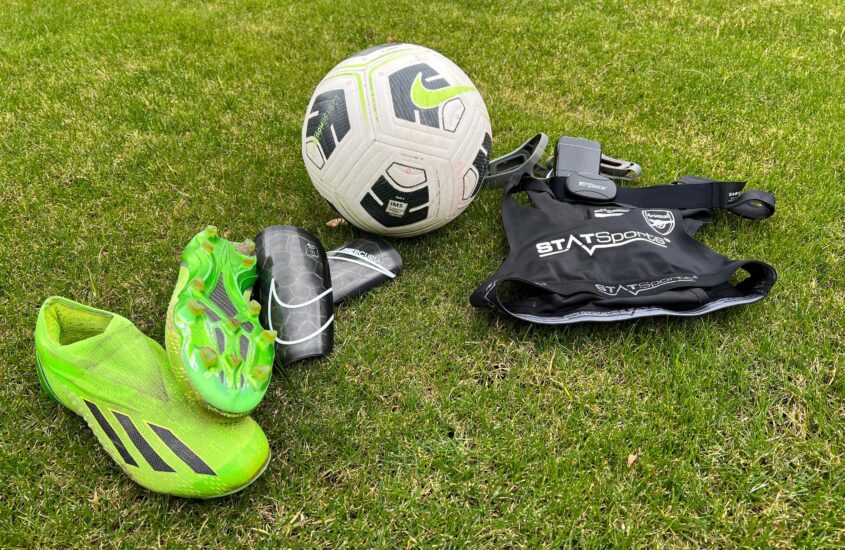Popular Soccer Formations: A Guide

Soccer, or football as it’s called in many parts of the world, is the most popular sport in the world with millions of fans and players. One of the keys to success in soccer is selecting the right formation for your team. A formation determines how players are positioned on the field, and can greatly affect a team’s strategy and game-play. Different formations can be used depending on the number of players on the field, with some being more defensive, others more attacking, and some more balanced. In this context, let’s explore some of the most popular soccer formations used around the world, their benefits and how to determine which one to use for your team.
7 versus 7:
2-3-1: This formation has two defenders, three midfielders, and one forward. This formation allows for a balanced approach between offense and defense, with two defenders providing stability at the back and three midfielders controlling the middle of the field.
3-2-1: This formation has three defenders, two midfielders, and one forward. This formation focuses on defense, with three defenders providing a solid wall to stop the opposition’s attacks, and two midfielders supporting both defense and attack.
9 versus 9:
3-3-2: This formation has three defenders, three midfielders, and two forwards. This formation offers a good balance between defense and attack, with three defenders and three midfielders helping to control the center of the field, and two forwards providing a potent attacking threat.
4-3-1: This formation has four defenders, three midfielders, and one forward. This formation is defensively solid, with four defenders and three midfielders providing a strong defensive presence, and one forward offering a creative spark in attack.
11 versus 11:
4-4-2: This formation has four defenders, four midfielders, and two forwards. This formation is balanced and flexible, with four defenders and four midfielders helping to control both the defensive and attacking aspects of the game, and two forwards providing a goal-scoring threat.
4-3-3: This formation has four defenders, three midfielders, and three forwards. This formation is attacking-minded, with four defenders providing a solid base at the back, three midfielders controlling the center of the field and supporting both defense and attack, and three forwards offering multiple attacking options.
3-5-2: This formation has three defenders, five midfielders, and two forwards. This formation is versatile, with three defenders offering a solid defensive base, five midfielders providing a lot of options in both defense and attack, and two forwards creating goal-scoring opportunities. This formation can also switch to a more defensive or attacking approach depending on the situation in the game.
The best formation for a soccer team depends on a variety of factors, including the team’s strengths and weaknesses, the opposition’s style of play, and the game’s specific circumstances. Here are some key factors to consider when determining which formation to use:
Evaluate your team’s strengths and weaknesses: Assess your team’s skills, strengths, and weaknesses, and choose a formation that plays to your team’s strengths. For example, if your team has strong attacking players, consider a formation that prioritizes an attacking approach.
Analyze the opposition: Consider the strengths and weaknesses of the opposition and choose a formation that can best counter their style of play. For example, if the opposition has strong attackers, choose a formation that provides good defensive cover.
Consider the match conditions: Take into account the match conditions, such as the weather, the pitch size and conditions, and the importance of the game. For example, a narrower pitch may require a different formation to one that is wider.
Be flexible: A good coach should be able to adjust the formation based on the game’s circumstances. If the opposition is pressing hard in attack, a coach may choose to shift to a more defensive formation to counter their attack.
Practice the formation: Ensure that your players are familiar with the formation and have practiced playing in it during training sessions. This will help players to understand their roles within the formation and improve their performance during matches.
Overall, selecting the best formation for a soccer team requires careful consideration of the team’s strengths, the opposition, and the match conditions. A flexible approach, with the ability to adjust the formation as necessary, can help maximize the team’s chances of success.







